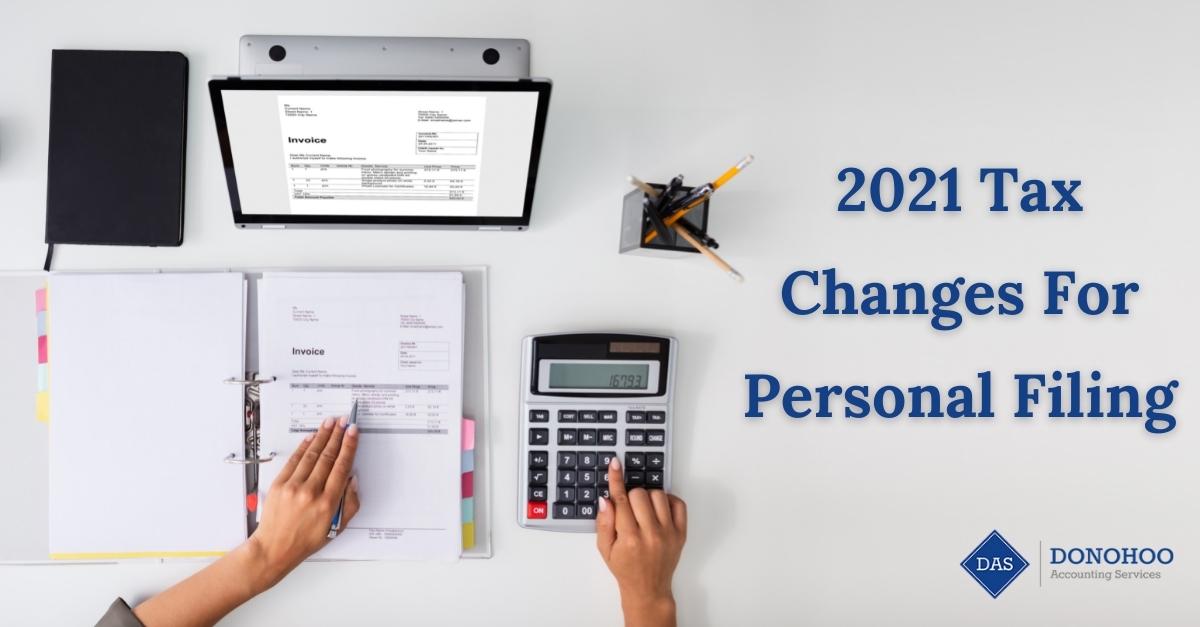How You Can Use 529 Plans in Your Tax Planning
It’s no secret that college is expensive. While this has led to plenty of arguments about the true value of college, most parents still want to give their children this opportunity. They also want to provide as much financial support as they can to make that happen. Whether you’re a parent or grandparent, understanding the different options that are available to help pay for college can assist with your planning. Knowing about these options can also have a positive impact on your tax liability.
The Basics of 529 Plans
A 529 plan is a type of investment. The purpose of this investment is to help save for college. The way this plan works is it’s able to accumulate funds on either a tax-deferred or tax-free basis. One important thing to know about these plans is there are actually two different kinds, which are college savings and prepaid tuition plans. Before we explore the differences between those two options, we want to cover the advantages that both types of 529 plans have to offer.
Contributions growing tax deferred and the availability of tax incentives in the state of Ohio and others are the first two advantages. Next is the fact that the majority of 529 plans have high lifetime maximum contribution limits, along with the ability of anyone to open one of these plans regardless of their income. All 529 plans offer professional money management, and an account holder can change the plan’s beneficiary or roll funds from one plan into another.
College Savings Plans vs. Prepaid Tuition Plans
Now that we’ve covered the advantages that go along with either type of 529 plan, we want to explain the potential disadvantages of both plan types. With a college savings plan, you relinquish some control of your money and there generally isn’t a guarantee for what the plan will return. And with a prepaid tuition plan, choices are typically limited to in-state colleges and plans may have reduced benefits after enrollment.
529 Plans and Your Taxes
It’s important to understand that 529 Plans are not a tax deduction. Instead, they provide the opportunity to reduce the account owner’s taxable income. When money is withdrawn from the account and used to pay for qualified expenses like tuition or books, it will be income tax free. If a withdrawal is made and used for expenses that are deemed as unqualified, it will be subject to income taxes, as well as a 10% penalty.
If you’re looking for expert help with any of your tax planning, we encourage you to learn more about Donohoo Accounting and the tax services we offer.







